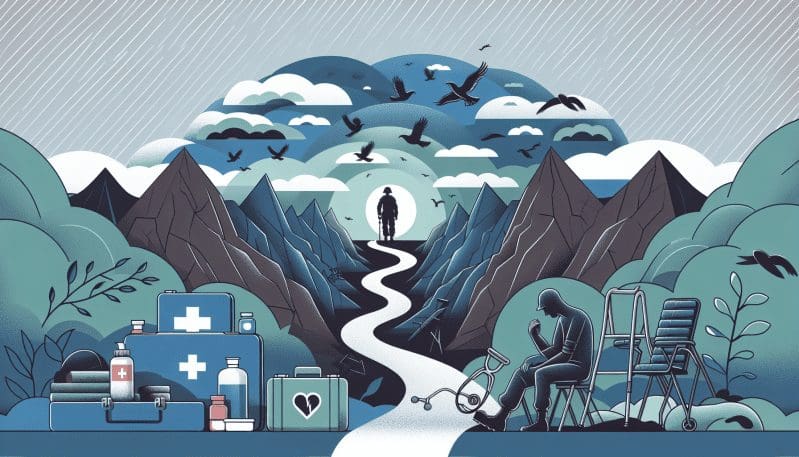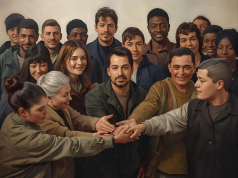As the sun sets on the battlefields and the cacophony of war fades into a distant memory, our veterans return home draped in the fabric of their bravery. But amid the homecomings and the victory parades, there lies an unspoken struggle that many of these warriors face: the invisible wounds of war. These are the wounds that don’t bleed on the outside but can hemorrhage the spirit on the inside, the kind that can cast shadows on a soldier’s post-service life. It’s a poignant tale of valor and vulnerability, of soldiers bearing not just the armor of their past, but also the weight of their future physical health challenges.
In the wake of their service, many veterans confront a healthcare system that is often ill-prepared to address the multifaceted nature of their rehabilitation needs. As a society, it is our incumbent duty to not only recognize the sacrifices made by these individuals but also to ensure that our healthcare system evolves to meet the unique requisites of their physical and psychological rehabilitation.
Our current healthcare panorama offers a foundational level of care, yet it is imperative to acknowledge that ‘standard’ care may fall short when dealing with the complexities of veteran health issues. From chronic pain to limb loss, from traumatic brain injuries to sensory deficits, the gamut of physical ailments that veterans must navigate requires an interdisciplinary approach tailored to each warrior’s personal battle after war.
The stories of our servicemen and women are as diverse as the challenges they face. One common thread, however, is the courage with which they confront their new realities. Take, for example, the story of Sergeant John Doe, who lost a limb in an IED explosion. For John, the journey home was not the end of warfare, but the beginning of a different kind of fight: a fight to regain his independence, a fight against the pain, a fight to adapt to a new physical existence.
Innovative approaches to physical therapy and rehabilitation have begun to light the path to recovery. Robotics and advanced prosthetics offer a semblance of the form and function lost. Virtual reality therapy and adaptive sports programs provide not just physical healing but also mental fortitude. Pain management techniques are being revolutionized to help veterans cope without the risk of opioid dependency. Furthermore, holistic treatments like acupuncture, mindfulness, and therapy animals are being incorporated for a more comprehensive healing experience.
Institutional pillars like The Washington Post, The New Yorker, and The New York Times have long stood as bastions of excellence in reporting and advocating for issues of national importance, including healthcare. They embody a spirit of inquiry, dedication to fact, and a commitment to societal progress. By drawing from the values and principles that these institutions uphold, we can champion a cause that is critically pertinent to our time — the care of our veterans.
What can be learned from their in-depth reporting and investigative journalism? How can we apply these high standards of storytelling and advocacy to promote better healthcare solutions for our veterans? It’s about harnessing the power of narrative to raise awareness, pushing for policy changes that ensure comprehensive healthcare, and fostering community support that offers enduring sustenance for our heroes.
As a society, we hold a collective responsibility to honor our veterans’ service by ensuring they receive care that goes beyond mere acknowledgement. It’s about actively seeking out and implementing rehabilitation services that echo their resilience and fortitude. It’s about pledging that when our service members step out of uniform, they step into a realm of support that befits their sacrifice.
Our veterans have navigated the complex terrain of war with valor; it’s now our turn to navigate the complex terrain of veteran healthcare with vigilance, compassion, and unwavering support. Let us not forget the invisible wounds of war, for in their shadows lie the true test of our nation’s character and our commitment to those who have borne battle on our behalf.























